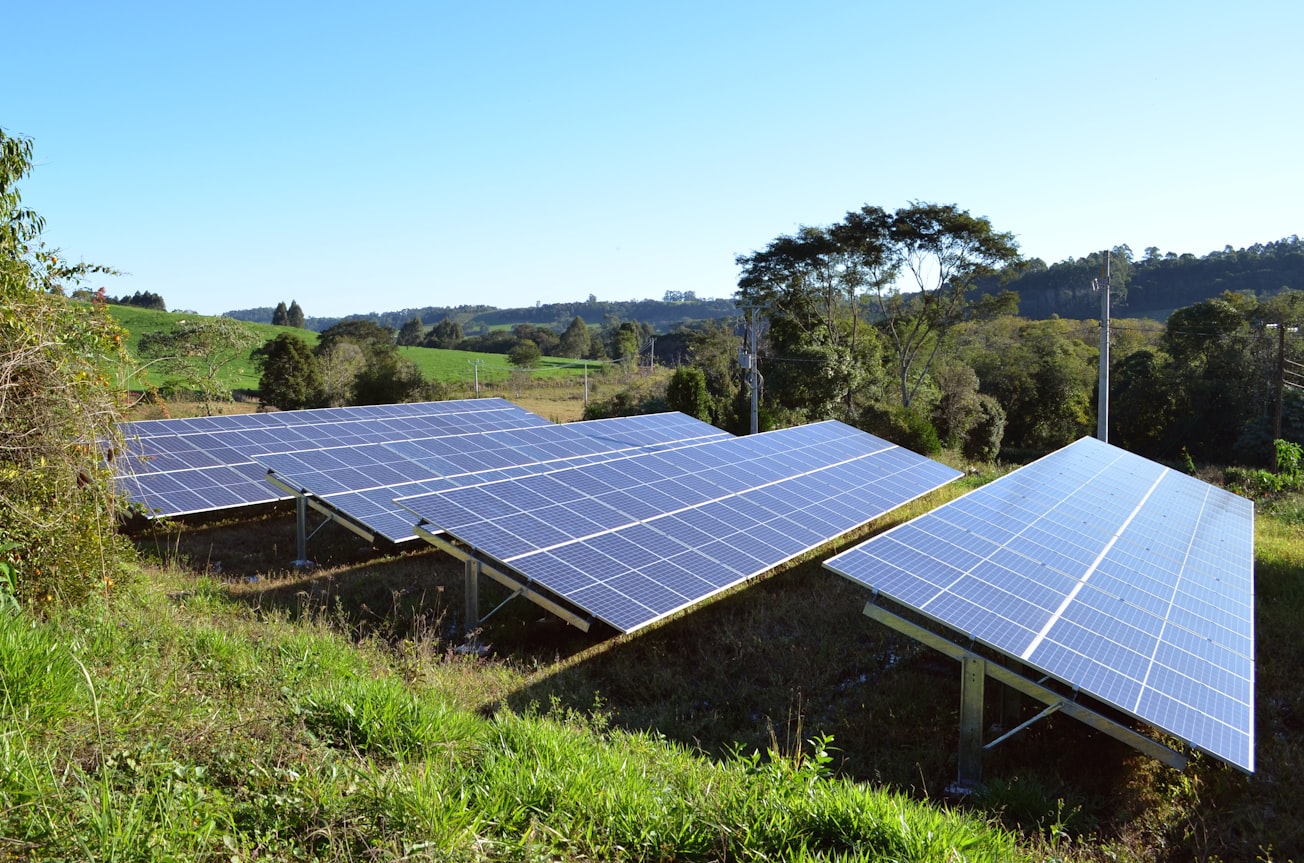What is it about?
Although the power conversion efficiency of colloidal quantum dot (CQD) solar cells has increased sharply, researchers are struggling with the lack of comprehensive device efficiency optimization strategies, which retards significant progress in device improvement. This paper addresses this critical issue through analyzing the impact of colloidal quantum dot carrier hopping mobility, bandgap energy, illumination intensity, and electrode/CQD interface on device performance to develop a guiding criterion for device optimization.
Featured Image

Photo by Gabriel on Unsplash
Why is it important?
We introduce quantitative Lock-In Carrierography (LIC) imaging of colloidal quantum dot (CQD) solar cells through a theoretical model and a large‐area characterization instrumentation. LIC imaging can be of significance for guiding CQD solar cell optimization with respect to surface passivation ligand selection and the determination of CQD energy bandgap (or quantum dot size), as well as for solar cell fabrication quality control. Importantly, LIC involves the entire solar cell area and eliminates the limitations of today's widely used small‐spot (<0.1 cm2) testing methods which, however, raise questions overall solar cell performance and stability estimations.
Perspectives

With the growing need for non-destructive imaging of active electronic transport mechanisms in nanoscale optoelectronic materials and devices, the emergence of dynamic (or kinetic) quantitative modalities such as Lock-In Carrierography acts as a timely technology for rapid and comprehensive quality control and design optimization before and during device fabrication.
Professor Andreas Mandelis
University of Toronto
Read the Original
This page is a summary of: Colloidal quantum dot solar cell power conversion efficiency optimization using analysis of current-voltage characteristics and electrode contact imaging by lock-in carrierography, Progress in Photovoltaics Research and Applications, August 2017, Wiley,
DOI: 10.1002/pip.2920.
You can read the full text:
Contributors
The following have contributed to this page







